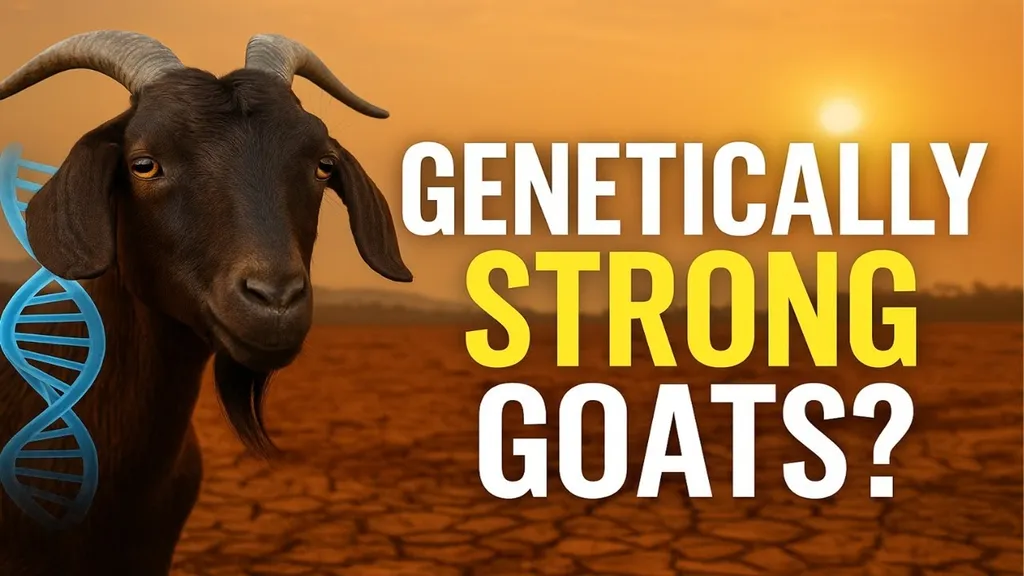In the heart of Botswana, a humble yet resilient creature, the Tswana goat, is making waves in the world of genetic research. A recent study, led by A.B. Chalebgwa from the Department of Animal Sciences at the Botswana University of Agriculture and Natural Resources, has uncovered fascinating insights into the inbreeding patterns and adaptive genes of this indigenous livestock, offering promising implications for the energy and agricultural sectors.
The Tswana goat, a staple in Botswana’s livestock industry, is renowned for its ability to thrive in low-resource environments. To understand the genetic basis of this resilience, Chalebgwa and his team employed a suite of genetic tools to analyze 216 goats, including 114 Tswana goats from three agroecological regions in Botswana and 102 Boer goats from South Africa as a reference population.
The study, published in the journal ‘Animal’ (which translates to ‘Animal Science’ in English), revealed that Tswana goats exhibit a unique genetic profile. “We found that Tswana goats have a lower inbreeding coefficient compared to Boer goats,” Chalebgwa explained. “This suggests that they have maintained a higher level of genetic diversity, which is crucial for their adaptability and resilience.”
The research identified significant regions of homozygosity (ROH) hotspots on specific chromosomes in both Tswana and Boer goats. These hotspots contain genes associated with key traits such as reproductive fitness, immune response, coat color variation, and milk synthesis. For instance, genes like ATP12A and RNF17 were linked to reproductive fitness, while IL17D and PARP4 were associated with immune response, reflecting the goats’ adaptive responses to environmental pressures.
The commercial implications of this research are substantial. Understanding the genetic adaptations of Tswana goats can pave the way for more effective conservation strategies and breeding programs. This, in turn, can enhance the resilience of indigenous goat populations, promoting food security and rural development in Botswana and beyond.
Moreover, the study’s findings could have broader applications in the energy sector. As the world shifts towards more sustainable and renewable energy sources, the need for resilient and adaptable livestock that can thrive in harsh environments becomes increasingly important. The Tswana goat’s ability to withstand low-resource conditions makes it a valuable model for studying genetic adaptations that could be applied to other livestock species.
The research also highlights the importance of preserving genetic diversity in livestock populations. “By prioritizing the genetic study of these goats, we can ensure the sustainability of our unique livestock resources,” Chalebgwa emphasized. This not only benefits the agricultural sector but also contributes to the broader goal of biodiversity conservation.
As we look to the future, the insights gained from this study could shape the development of more resilient and sustainable livestock populations. By harnessing the power of genetic research, we can unlock new opportunities for food security, rural development, and environmental conservation. The Tswana goat, once a humble creature of the Botswana landscape, now stands as a beacon of hope for a more sustainable and resilient future.

